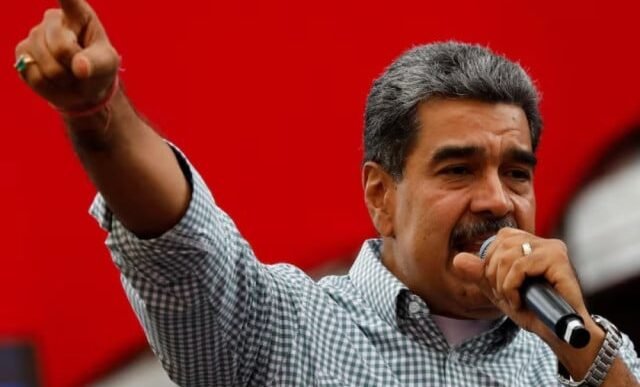Pakistan’s consumer price index (CPI) rose by 9.6 per cent year-on-year (YoY) in August, marking a 34-month low, according to data released by the Pakistan Bureau of Statistics (PBS) on Monday.
The CPI, which tracks household inflation by measuring price changes across various categories of household expenditure, showed a notable decline from the 11.1 per cent inflation rate recorded in July 2024 and a significant drop from 27.4 per cent in August 2023.
The monthly inflation rate increased by 0.39 per cent in August, the PBS reported. According to Karachi-based brokerage firm Topline Securities, this reading represents the lowest inflation rate in nearly three years, stating, “This takes the two-month average inflation for FY25 to 10.36 per cent compared to 27.84 per cent in the same period of FY24.”
Urban areas experienced an inflation rate of 11.7 per cent, while rural areas saw a lower rate of 6.7 per cent in August. This decline continues the downward trend observed in July when inflation was 11.1 per cent YoY, compared to 12.6 per cent in June and 28.3 per cent in July 2023.
Read also: PM expresses satisfaction over inflation decline, Moody’s rating upgrade
Prime Minister Shehbaz Sharif expressed satisfaction with the declining inflation rate and improvements in other economic indicators. His remarks followed the Ministry of Finance’s August outlook, which predicted inflation to stay between 9.5 and 10.5 per cent in August and potentially decrease further to 9-10 per cent in September, citing stabilisation in economic indicators.
“After Fitch, the global rating agency, Moody’s recently upgraded Pakistan’s credit rating, which is an acknowledgement of the country’s positive economic indicators by the international financial institutions,” said Prime Minister Sharif.
Moody’s upgraded Pakistan’s local and foreign currency issuer and senior unsecured debt ratings to Caa2 from Caa3, citing “improving macroeconomic conditions and moderately better government liquidity and external positions, from very weak levels.”
Inflation Details:
Year-on-Year Changes:
Urban Food Prices: Onions (136.32 per cent), fresh vegetables (76.35 per cent), pulse gram (42.35 per cent), chickpea flour (31.15 per cent), fish (28.98 per cent), fresh fruits (27.32 per cent), pulse moong (25.05 per cent), and milk powder (24.17 per cent).
Urban Non-Food Prices: Gas charges (318.74 per cent), motor vehicle tax (168.79 per cent), dental services (28.84 per cent), and cotton cloth (24.17 per cent).
Rural Food Prices: Onions (144.27 per cent), fresh vegetables (57.31 per cent), pulse gram (39.19 per cent), beans (30.52 per cent), pulse moong (29.46 per cent), milk powder (28.42 per cent), butter (26.14 per cent), fresh fruits (25.11 per cent), and fish (24.13 per cent).
Rural Non-Food Prices: Motor vehicle tax (126.61 per cent), woolen readymade garments (38.42 per cent), education (22.95 per cent), cotton cloth (22.13 per cent), and marriage hall charges (21.77 per cent).
Month-on-Month Changes:
Urban Food Prices: Onions (22.84 per cent), chicken (13.62 per cent), eggs (12.39 per cent), fresh vegetables (12.25 per cent), chickpea flour (4.88 per cent), pulse gram (4.55 per cent), and gram whole (3.82 per cent).
Urban Non-Food Prices: Motor vehicle tax (168.79 per cent), stationery (5.08 per cent), hosiery (3.41 per cent), and personal effects n.e.c. (2.47 per cent).
Rural Food Prices: Chicken (19.69 per cent), fresh vegetables (18.67 per cent), onions (17.72 per cent), eggs (14.28 per cent), pulse gram (5.32 per cent), and chickpea flour(4.44 per cent).
Rural Non-Food Prices: Motor vehicle tax (126.61 per cent), dental services (3.24 per cent), and stationery (2.55 per cent).













